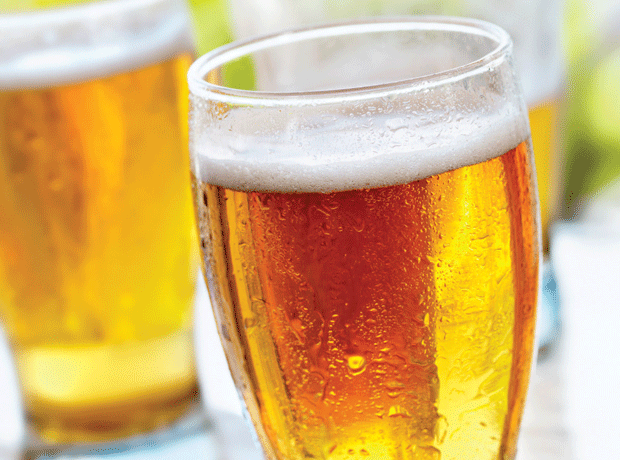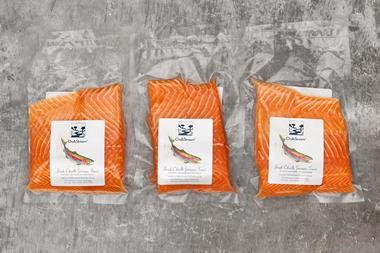Fever-Tree’s early success was greatly accelerated by the fact that the then-Waitrose buyer listed the product within months of its launch. She had spotted a small article in a Saturday broadsheet and had the temerity to call our fledgling company to say she had been waiting for a product such as ours. Within a year, Tesco had also responded to the appeal of the brand and listed two products.
It’s an up-or-out policy. Estimates by one supermarket buyer suggest less than 30% of new brands and new variants make it - most are delisted within two years.
But without this kind of pro-active support for new brands and variants, the UK consumer may never have had the likes of New Covent Garden Soup, Innocent, Gü or Fever-Tree.
There’s a far worse approach taken in many supermarkets abroad whereby shelf space is purchased. But UK supermarkets have seen that stacking shelves with hopeless products does nothing for rotation and customer satisfaction.
So when a trial of new product, based on the intuition of an expert buyer coupled with the drive of an entrepreneurial team works out, it typically works for all parties. For example Fever-Tree has helped Waitrose grow its share of the UK mixers category from 7% in 2006 to 9% in 2013. That is every bit as valuable for the supermarket as for the new mixer brand, especially given that premium mixers also call for premium, high-margin spirits.
And given that at the start all the power is in the hands of the retailer, they ensure they extract a healthy margin from the supplier from day one. Fair enough.
Tesco, Sainsbury’s and particularly Waitrose are all supportive of this challenger brand strategy and thus reap the benefit of attracting premium shoppers who understand quality cues, enjoy choice and embrace some speculative purchases along with the regular shop.
At the other end of the spectrum, the value discounters avoid the trend to quality and variety. Their focus is, of course, driven by low-cost and heavily promoted headline products.
“When a trial works out, it typically works for all parties”
The middle ground is more interesting. When I ran Plymouth Gin in the late 1990s, the old Safeway stores in the South of England (now Morrisons) had the highest rate of sale of Plymouth Gin of any retailer. If only they could segment their store offerings. What an opportunity they must be missing to gain more premium footfall in those southern stores and to improve margin.
Fever-Tree is now in its ninth year. Sales in the UK are up 48% this year with the tonics leading the way, but also the ginger products doing well. In the UK, half our sales are in the on-trade and the other half to retail. Both channels now support the other.
The product mix reflects drinking trends in the on trade, which migrate to the purchases at retail. So more interest in gin & tonic, driven in part by the plethora of new gins available and a younger generation of gin enthusiast, is leading to the kind of growth in the sector all supermarkets could and should be seeing. And all following the vision of the early buyers!
Charles Rolls is co-founder and CEO of Fever-Tree



















No comments yet